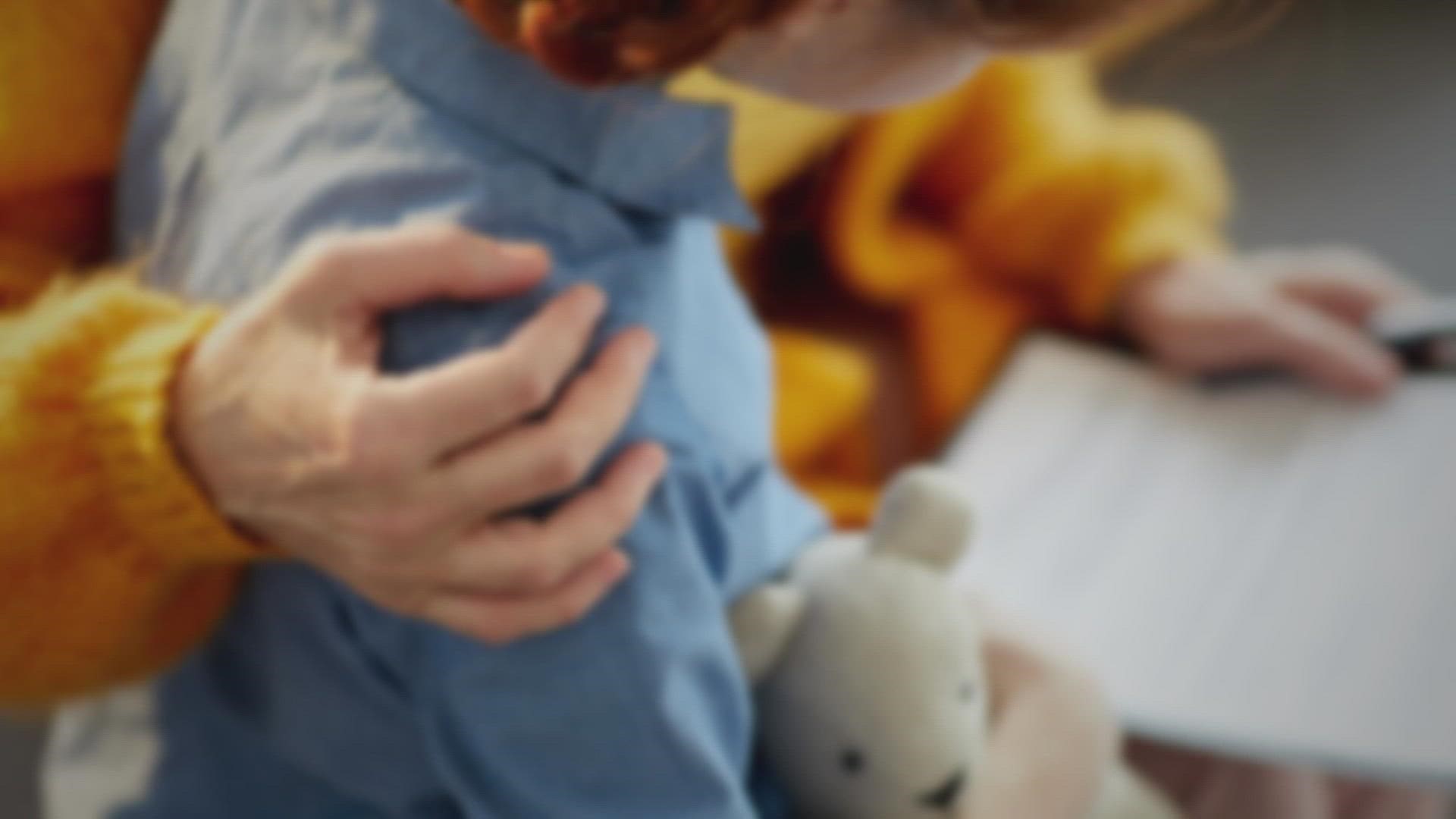KING COUNTY, Wash. — There is a mental and behavioral health crisis in King County schools, prompting the expansion of a program designed to address counseling and care for students in need.
"It could not be more clear that we have a crisis in behavioral health, mental health in our youth. It shows up routinely. It shows up in many ways, it shows up in things as terrible as kids taking their own lives. It shows up in what we are hearing from staff at school districts, what they see every day, and we need to act," said Leo Flor, the King County Department of Community and Human Services director.
His office points to data from the CDC and US Preventative Services Task Force, which points to a spike in suicide rates and anxiety among teens.
King County, using $16.4 million in property taxes from the Best Starts for Kids Levy, and MIDD behavioral health sales tax, has funded what is, in short, called the SBIRT assessment to diagnose student needs. Kids in middle schools, in 11 different districts, have taken a confidential survey on their mental health and districts have been allocated money for care.
Since the program began in 2019, nearly 4,000 students county wide have been referred for service.
The county has now issued grants for high schools in 13 school districts, and at one private school for the 2022-23 school year.
The extension and expansion of the program comes after King County Public Health reported an increase in 10 to 13 year old children visiting emergency rooms for suspected suicide attempts, up over the numbers in 2020, and 2021.
The CDC issued a report earlier this year that suggested more than one in three high school students experienced "poor mental health" during the pandemic, and half "felt persistently sad or hopeless"
"There is a portion of our students experiencing symptoms of anxiety, depression, thoughts of suicide," said Lisa Davidson, a Seattle Public Schools prevention and intervention manager.
"It's been really hard to be home during the pandemic," she said, when asked about the increase in cases, noting that the SBIRT allows the district to identify students that need additional support and allocate resource specialists accordingly.
Nathan Hoston, who holds a similar position in the Kent School District, said, "a lot of students came back to school feeling isolated, feeling lonely." He said, "especially around social media. A lot of students respond that most of their community was built on social media, bullying on social media."
Hoston said a little more than 1,100 students have been tested using the SBIRT, and 20% "screened red," meaning they had suicidal agitation or self-harm tendencies, and 20-30% "screened yellow" for anxiety or depression.
If you or someone you know is in crisis, call the National Suicide Prevention Lifeline at 800-273-8255, text HOME to 741741 or visit Vibrant Emotional Health’s Safe Space for digital resources.

